Whether for a solo backpacking adventure or a picture-perfect honeymoon, the island of Bali continues to rank high on travelers’ bucket lists. While Bali’s beautiful beaches and verdant rice fields are worth seeing, there are over 17,500 other islands in the archipelago that is Indonesia, including three of the world’s largest — Java (Bali’s neighbor to the West), Sumatra, and Borneo.


Five Lesser-Known Islands in Indonesia to Visit if Bali Feels Too Crowded
Stretching from neighboring Malaysia to West Papua, each island of Indonesia carries its own unique culture, customs, and cuisine. While it would be nearly impossible to visit all of these islands in a lifetime, you can get started by easily hopping over to Lombok, Sumba, or the Southern Gilis from Bali via a short flight or ferry ride. Even easier is visiting the Balinese islands of Lembongan or Nusa Penida, both of which are visible from the shores of Bali’s Sanur neighborhood.
If you’re put off by the prices, tourists, or overdevelopment in the various Bali islands, check out one of these TK other islands, all equally worth an extended visit.
We hope you love the islands we recommend! Just so you know, Matador may collect a small commission from the links on this page if you decide to book a stay.
Nusa Lembongan
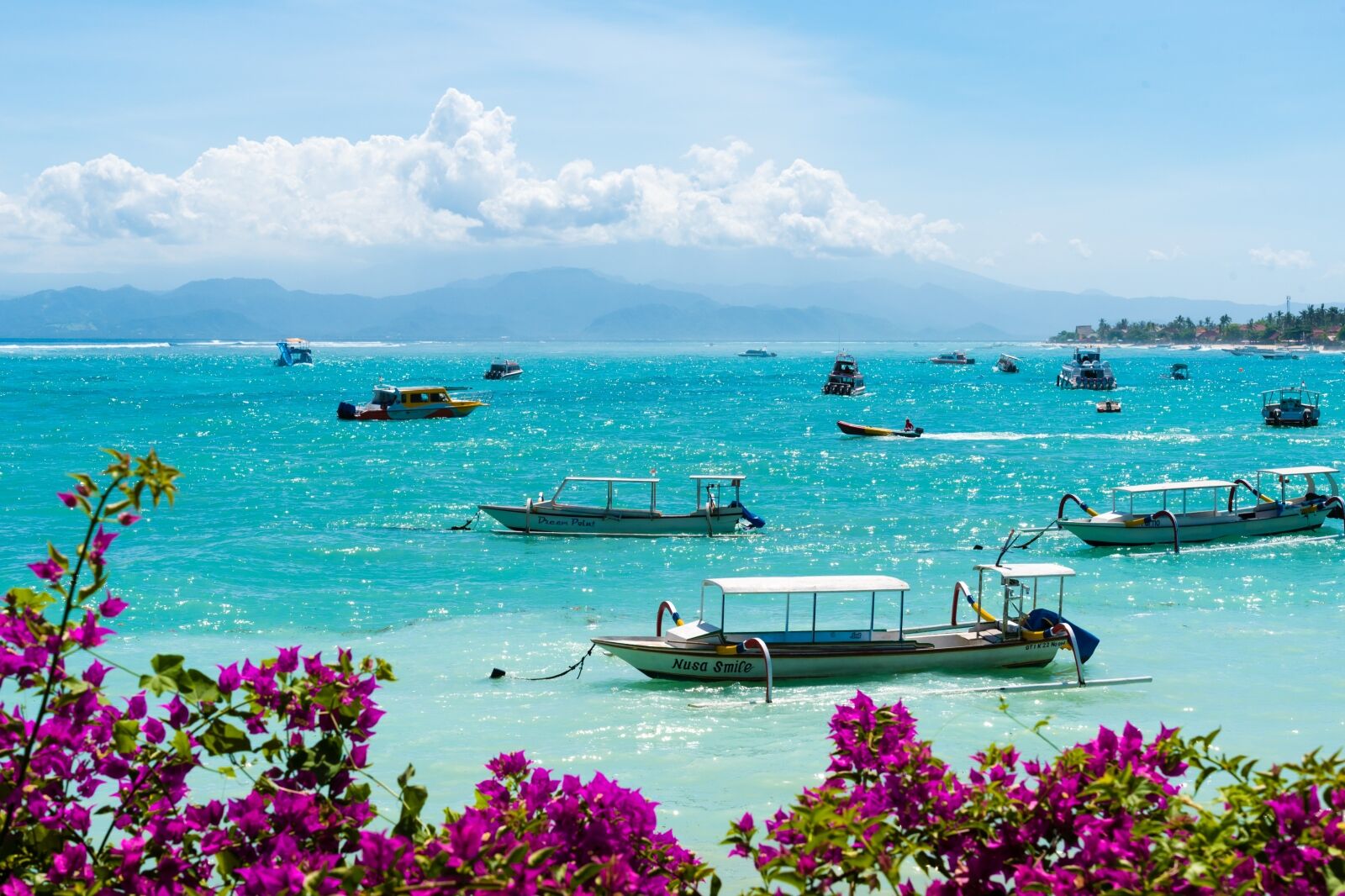
Photo: Constantin
Stanciu/Shutterstock
One of the three islands that make up Bali’s Nusa Penida district, Lembongan is a small island Bali island to the southwest and accessible via a 30-minute speedboat ride from Sanur harbor. Tickets go for about $20 one-way and you can purchase them online or at the harbor. Upon arrival, it’s easy to organize scooter rentals from one of the many local vendors who meet visitors right on the beach. Once rented, bikers used to Bali’s traffic will be relieved to encounter quieter roads and far fewer cars. Most hotels will also offer pick-up service from the ferry.
Try to pack light — taking the ferry requires wading through knee-deep water during low tide.

Photo: Sandy Bay
A trip to Lembongan involves days spent sunning, swimming, and dining at beach clubs like Sandy Bay or Ohana’s.

Photo: Sandy Bay
The island is popular for its snorkeling, thanks to warm, clear waters and shallow reefs at places like Crystal Bay or Mangrove Point. Scuba divers can go with any number of dive shops to neighboring Nusa Penida’s famed Manta Point, where you can often see manta rays with 10-foot wingspans gliding through the waters beneath Penida’s towering cliffs.
Many activity operators also run snorkel trips to the area and you’ll find plenty of sunset cruises available on the island. Other good activities include surf lessons in Nusa Lemongan’s shallow bay, guided trips to the more remote areas of Nusa Penida, or kayak trips through mangrove forests.
Consider bedding down at Lembongan Cliff Villas, which offers one of the best Westerly views for sunsets over the sea and volcanoes of Bali. If you’re traveling with a large group, the newly opened beach house at Lago is among the nicest private villas in all of Bali. The property features five bedrooms, a private pool, a semi-private beach, and its own solar-powered party pontoon for some revelry on the water.
Nusa Penida


The namesake of Bali’s island district, Nusa Penida (usually just called Penida, as “Nusa” means “island” in Balinese), also happens to be one of Bali’s most Instagrammed locations, thanks to its surreal landscapes of jungled cliffs and picturesque, white-sand beaches.
Similar to Lembongan, Penida is a 45-minute ferry ride from Sanur Harbor at a slightly higher price, with easy scooter rentals also available upon arrival.

Photo: Denis Moskvinov/Shutterstock
Penida is ideal for thrill-seekers. Most reefs are deeper here, so certified divers get access to the best underwater sightseeing (with occasional currents). But divers with a few dives under their belts can expect rapid drift dives as they flying superman-style over colorful reefs alive with fish, turtles, moray eels, and reef sharks. One of the best shops to go with is Two Fish Divers, which also runs a dive hotel if that’s the primary focus of your trip.
Out of the water, Penida’s dramatic cliffs make for some memorable photos. Some of its most social media-famous spots include Kelingking and Diamond cliffs and Atuh Beach. Roads on the island are small, narrow, and sometimes steep, and motorbikes or golf carts are the best way to get around (both of which you can easily rent).
After a day of adventuring, catch the sunset while enjoying pizza, beers, and board games at Amok before checking into your private tent at Autentik, a glamping resort in the jungles of Penida. Guests here are immersed in nature, without sacrificing creature comforts like AC and some of the island’s best breakfast food. It’s also easy to stay on Nusa Lembongan and do day trips — your choice.
Lombok

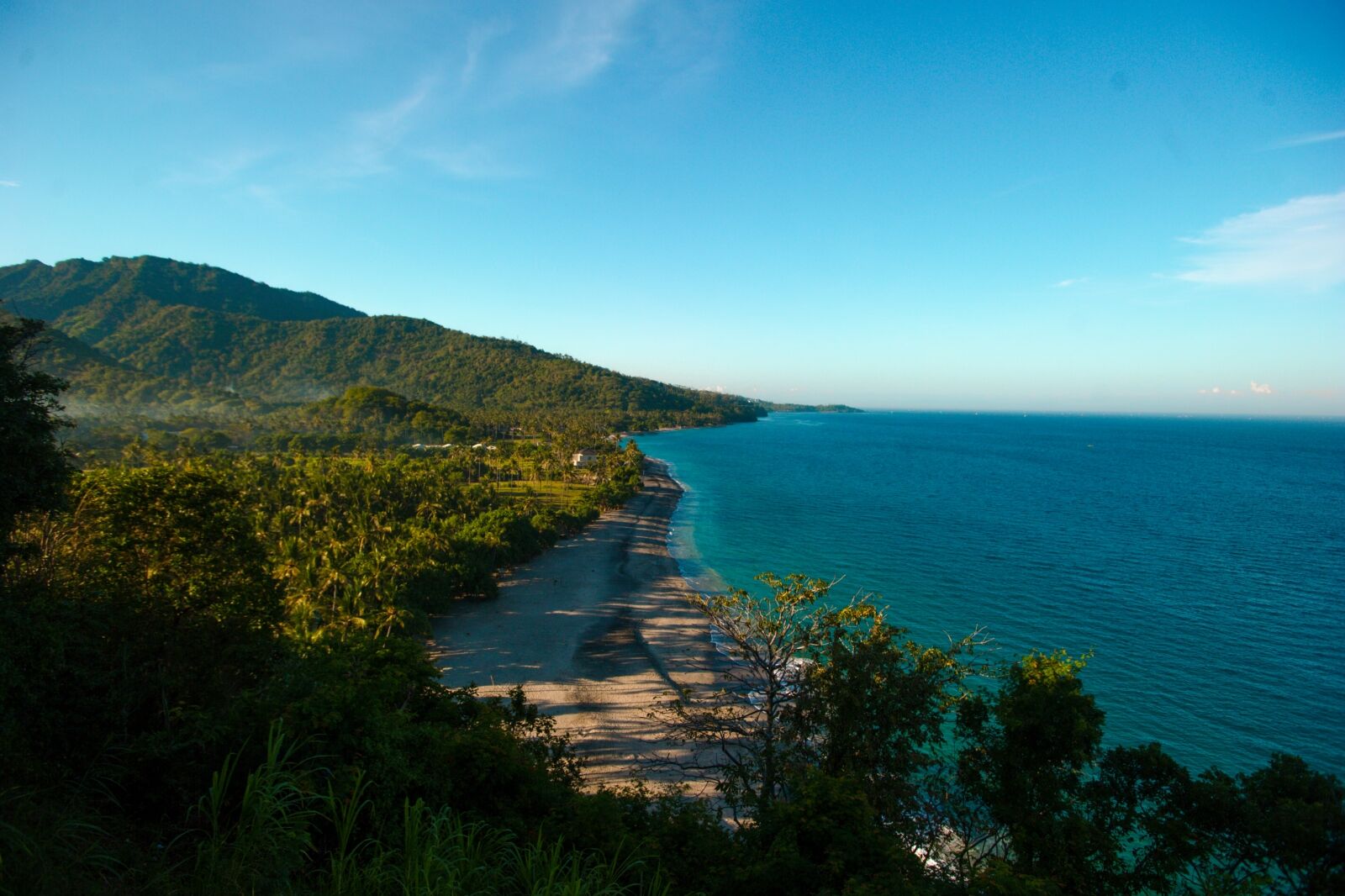

Despite world-class surf breaks, beaches, and biological diversity that rivals Bali’s, the similarly sized island of Lombok remains an under-the-radar destination. That might change soon, as its word-of-mouth reputation as “the next Bali” continues to spread. Excitement around its tourism potential — especially as over-tourism in Bali grows to untenable levels — has led to a flurry of development along its southern beaches.


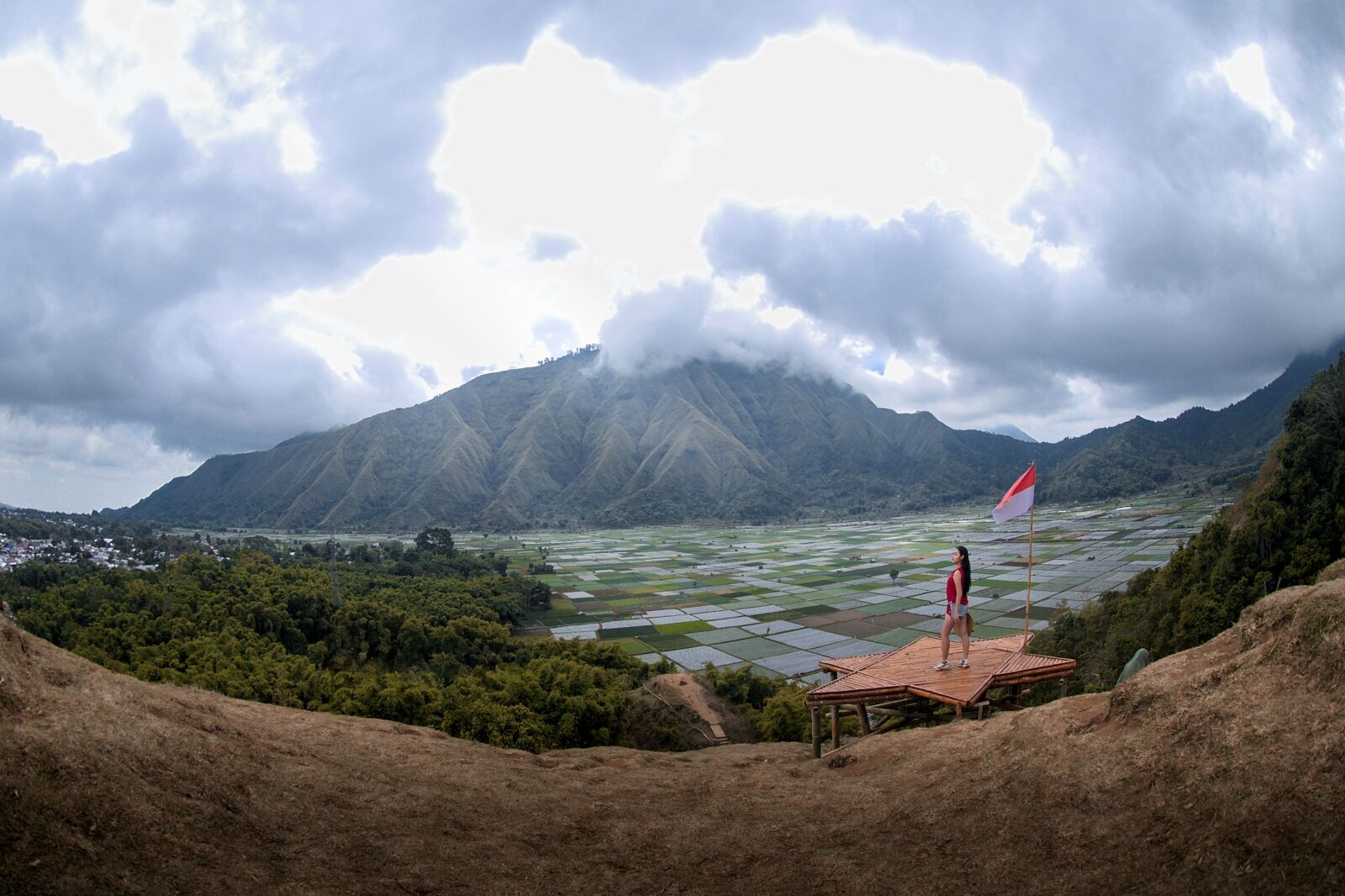
Lombok’s size means there’s something for every type of traveler. Mount Rinjani, the third largest of Indonesia’s over 100 volcanoes, looms large on the North side of the island and is a favorite among hikers for the trail’s dazzling natural vistas — including the vivid blue Lake Segara Anak. To the South, in Kuta Lombok, yogis flock to Ashtari or eco-friendly Mana for mindful, meditative retreats. Surfers will make the two to three-hour drive from Kuta Lombok, along one of Indonesia’s most scenic mountain highways, to reach Desert Point. Its near-perfect surf break is a favorite of the likes of pros Kelly Slater and Gabriel Medina.


If you’re heading to North Lombok, grab a room by the beach at Hotel Tugu. The hotel serves as an ode to Indonesia’s romantic history and culture and features a collection of local artworks and antiques throughout the property. To the South, the newly opened and well-received Amazing Lombok serves as a perfect home base for visiting the beautiful beaches of Selong Belanak and the restaurants and nightlife of Kuta Lombok.
Getting Lombok is fairly straightforward from the main island of Bali. Take a ferry (about 2 hours) from the port of Padang Bai, or grab a quicker ferry (about one hour) from the laid-back scuba diving town of Amed. You can also fly from Denpasar Airport on several airlines, all of which will get you there in about 40 minutes.
The southern Gilis

Photo: travelwild/Shutterstock
Unlike its hard-partying neighbors to the north, the southern Gilis are relatively unexplored and generally undeveloped. The lack of crowds, paired with a ban on motor traffic across the islands, make them ideal for travelers seeking peace and tranquility.

Photo: biletskiyevgeniy.com/Shutterstock
Consisting of 14 tiny islands to the southwest of Lombok, the three largest of the southern Gilis are Gili Asahan, Gili Layar, and Gili Gede. There are no bridges (hence no motor vehicles), so all tourists arrive the same way: via a small outrigger boat from the main island. Unsurprisingly, the islands are a draw for nature-lovers, with activities centered around sunbathing or exploring the islands’ wealth of underwater wildlife.
Some of the best snorkeling in the southern Gilis is on the reef just in front of Pearl Beach Resort on Gili Asahan. If food is your priority, however, head to Italian-owned Gili Asahan Eco Lodge, which serves delicious and authentic pizza, pasta, and gelato. On Gili Gede, the largest of these islands near Bali, Kokomo Resort has stylish villas and friendly staff. If you’re there with a partner, ask about arranging a private dinner at the end of their pier. Kokomo also avoids using plastic on the property in order to preserve the island’s pristine paradise.
Sumba



Even further afield and wilder than Lombok is the island of Sumba. Sumba is home to one of the world’s top-rated luxury resorts, Nihi, a fact that has contributed to its growing reputation among travel enthusiasts in recent years. Of the various Bali islands, this one is still the most unknown — for now.

Photo: Visit Indonesia/Mananga Abba
Most beachfront hotels, homestays, and resorts are along the southern coastline, which means you’ll need to drive at least two or three hours to reach them from the island’s two major airports (Tambolaka and Umbu Mehang Kunda Kijing). A flight from Bali is just one or two hours, depending on the airport, and will cost around $150 or $300.
From there, the long drive winds past several local villages with distinctively tall roofs on all the buildings. The design is ubiquitous across Sumba and honors the Marapu (ancestral spirits of the local villagers). While most visitors will make this long journey for the island’s beaches and surf, Sumba also has some of the country’s most beautiful waterfalls worth checking out.

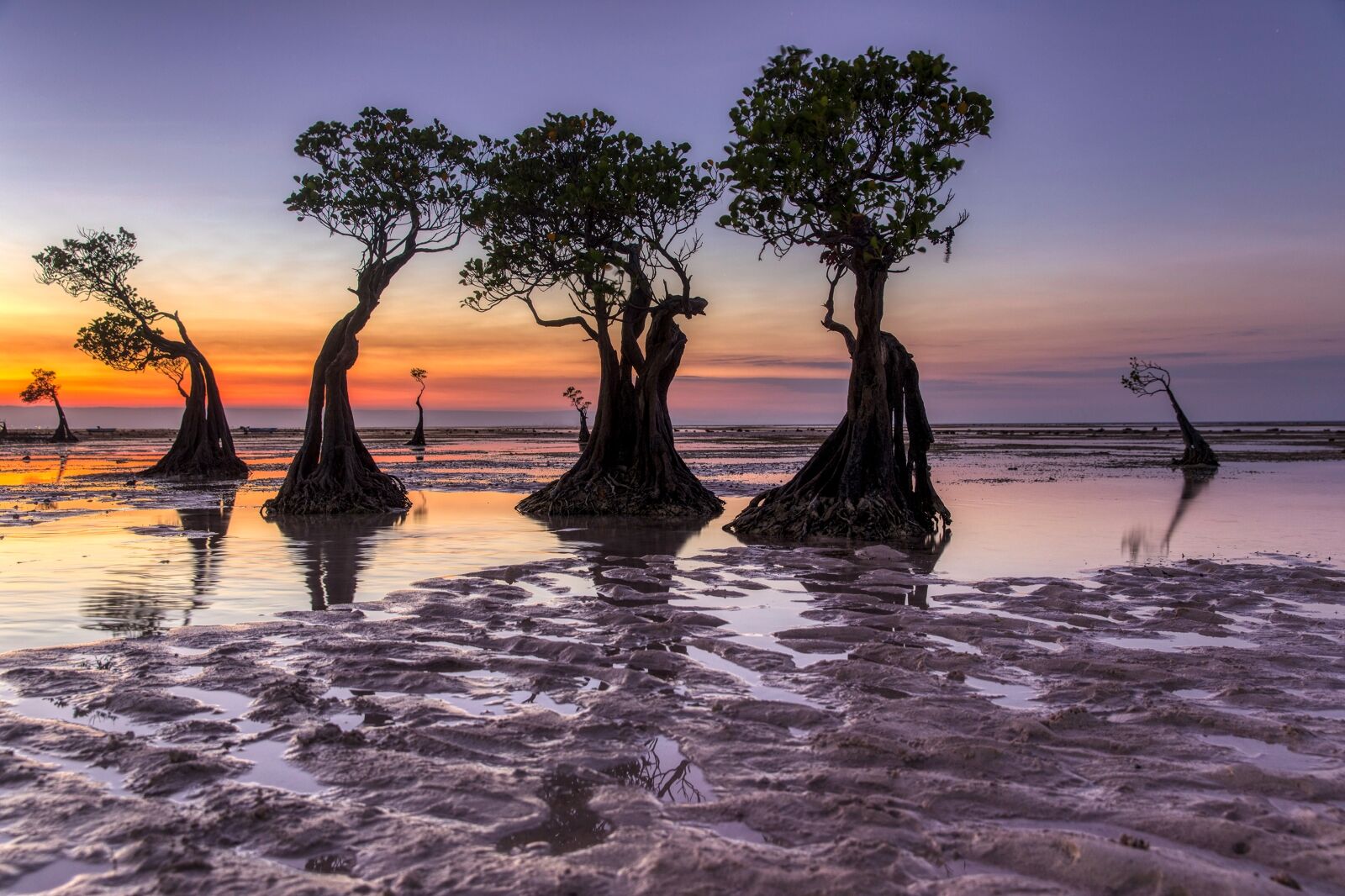
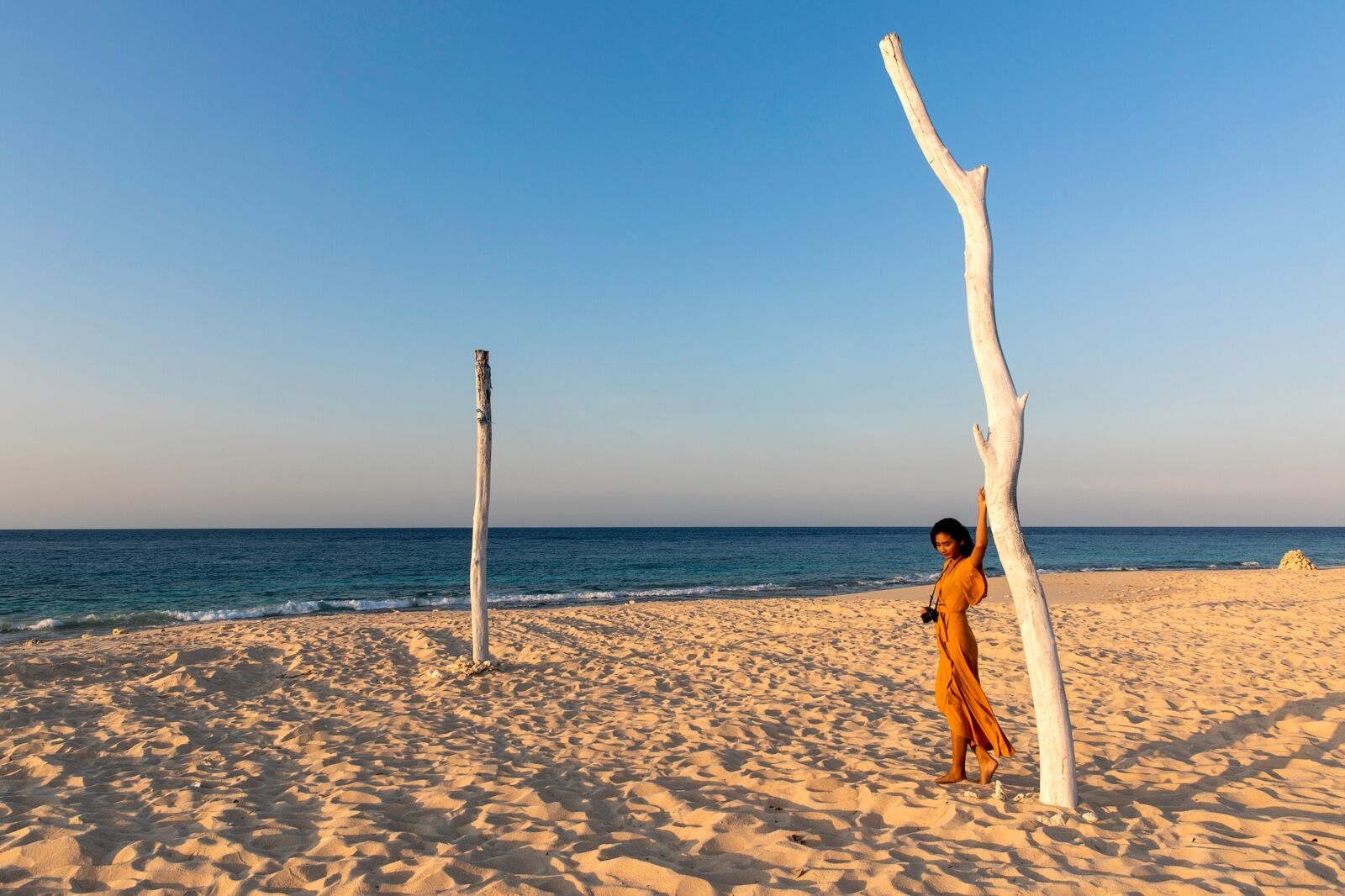
Partially because tourism isn’t big here yet, and it’s one of the more remote Bali islands, Sumbanese people have among the lowest average income of all Indigenous populations around the Bali islands, so try to seek accommodations that work to inject greater wealth and opportunity into the local economy. One such place is the family-owned Ngalang Kalla Eco Retreat, known as much for its locally and sustainably grown food as for its dramatic location. The retreat sits atop a cliff overlooking the Indian Ocean, yet still provides easy access to one of the island’s best surf breaks.








